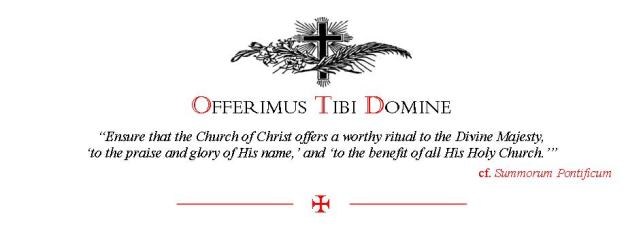A splendid view of the college chapel amidst the town.
Mary and Martyrdom
A joyful Conference with a serious theme dedicated to the Immaculate Heart of Mary
Monday 31st July 2017
Transport from airport in Nantes arranged free of charge.
18.30 Apéritif
19.00 Dinner
Tuesday 2nd August
Early morning private Masses
8.00- 8.45: Continental buffet breakfast.
From 9.00: Registration, administration, socialising.
10.00: Welcome session, with opening remarks from Ferdi McDermott, Father Mark Lawler and other members of the speakers’ panel.
10.45: Coffee
11.15: “Mary as the air that we breathe”: The Marian spirituality of Gerard Manley Hopkins, Ferdi McDermott.
12.15: Solemn High Mass, in the Extraordinary Form.
St Peter ad Vincula, and celebration of Lammas Day, with the blessing of Lammas loaves.
13.30 : Lunch
14.30: “The Marian Devotion of Father Frederick William Faber”, Father Sebastian Jones, Cong Orat.
15.30: “A liturgy for laymen: A study of the Little Office of the Blessed Virgin Mary”, Anthony Dickinson.
16:30 Tea
17:00 Speaker, to be announced.
18.15: Sorrowful mysteries of the Rosary
18.30: Vespers from the Little Office.
19.00 Apéritif, with musical entertainment.
19.30 Dinner
21.15: Compline
Wednesday 2nd August
Early morning private Masses
8.00- 8.30: Buffet English/continental breakfast.
8.45: Speaker to be announced.
9.30: Pontifical Mass of Our Lady in the Extraordinary Form. Celebrant to be confirmed.
11.00 – 16:00 Excursion either to St Laurent sur Sèvre or Le Château de la Chabotterie, (castle and museum dedicated to the Vendée counter-revolution.) Details not yet finalised. Special meal.
16.00: Return coach to Chavagnes
16.30 Tea
17.00: “Our Lady’s suffering in the plan of salvation and Christian life”, speaker to be announced.
18.00: Vespers and Benediction.
19.00: Apéritif
19.30: Dinner
21.15 Compline
Thursday 4th August
Early morning private Masses
8.00- 8.45: Buffet English/continental breakfast.
9.00: “Mary in the teachings of St John Paul II”; Father Jason Jones.
10.00: “A tribute to The martyrs of the Vendée”, Ferdi McDermott.
11.00 Coffee
11.30: “Title to be confirmed”, Father Mark Lawler
12.20: Sung Mass in the Ordinary Form.
13.40: Lunch
14.40 : “The Sufferings of Mary in the Liturgy”, Gerhard Eger
16.00 : Concluding reflections, discussion, questions:
17.00: Tea
17.45: Joyful mysteries of the Rosary.
18.00: Pontifical Vespers
19.00 Aperitif
19.30 Dinner
21.15 Compline
Friday 5th August
Early morning private Masses
From 7.30-9.30; Buffet continental breakfast
Transport to airport, or stations, etc.































